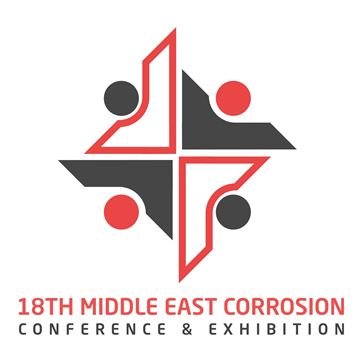Search
Products tagged with 'sustainability'
View as
Sort by
Display
per page
Sol-Rec2: Recycle of Multicomponent, Multilayer Systems towards Sustainable Waste Management
Product Number:
51324-20837-SG
Publication Date:
2024
$40.00
Sustainable Activated Zinc Rich Epoxy Primers with Extended Durability
Product Number:
MECC23-20257-SG
Publication Date:
2023
$20.00
Technology Advancements for Electrochemical Protection Systems of Reinforced Concrete Structures, Across Australia
Product Number:
51323-18881-SG
Publication Date:
2023
$20.00
The Role of the Corrosion Engineer in Contributing Towards the United Nations Sustainable Development Goals
Product Number:
51320-14605-SG
Publication Date:
2020
$20.00
The Transformation of Shipping and Transport Material to Polymer-Based Products. A Case Study of Wooden-to-Plastic Pallets
Product Number:
MECC23-20031-SG
Publication Date:
2023
$20.00
Utilizing Sustainability ScoreCards to Quantitatively Analyze the Sustainability Impact of Applied Linings Systems
Product Number:
51324-21040-SG
Publication Date:
2024
$40.00






